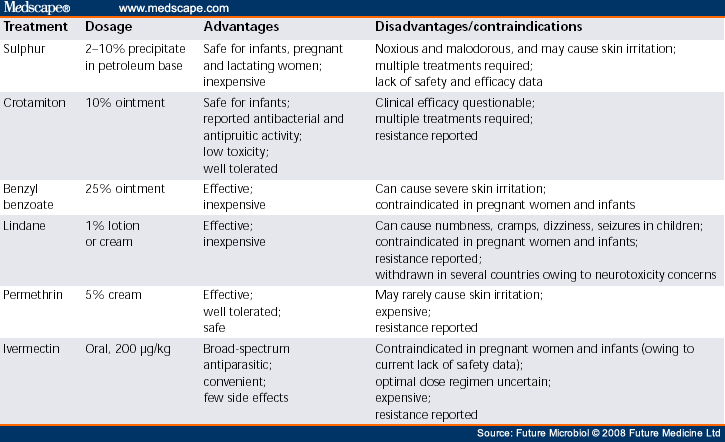Permethrin Resistance
Permethrin resistance in other ectoparasites, such as head lice, is widespread (reviewed in[34]). This suggests that its emergence in scabies mites is a real possibility. In humans, while clinical resistance of scabies mites to permethrin is yet to be documented, anecdotal reports of failure in Australian remote communities receiving mass treatment are growing [Unpublished Data]. Furthermore, longitudinal studies conducted in northern Australia confirm increasing in vitro tolerance. In 1994, before widespread permethrin treatment was introduced, all mites were killed within 30 min of in vitro exposure to permethrin.[35] By the year 2000, however, 35% of mites were alive after 3 h of exposure and a significant proportion remained alive overnight.[27] More recent analysis confirms increasing tolerance and shows that permethrin is now the slowest acting acaricide in vitro in this region (Figure 1).
Future Microbiol. 2008;3(1):57-66. © 2008 Future Medicine Ltd.
No writing assistance was utilized in the production of this manuscript.
Cite this: Scabies: Molecular Perspectives and Therapeutic Implications in the Face of Emerging Drug Resistance - Medscape - Feb 01, 2008.






Comments